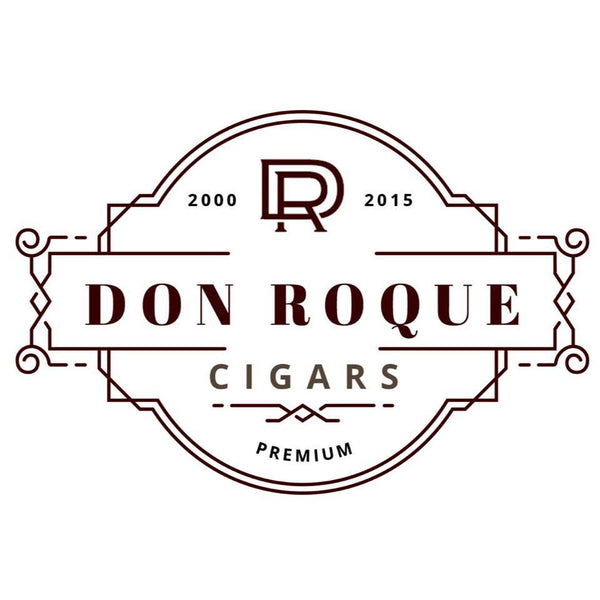Cigars, much like fine wines or gourmet coffee, offer a diverse range of flavors and aromas that can be appreciated by connoisseurs around the world. Behind this diversity lies the art and science of cigar blending, a meticulous process that plays a pivotal role in determining a cigar's flavor profile. In this blog post, we'll dive deep into the world of cigar blends and explore how they affect the flavor of your favorite smokes.

The Anatomy of a Cigar Blend
To understand how cigar blends influence flavor, it's essential to grasp the composition of a cigar. A typical cigar consists of three key elements:
-
Wrapper: This is the outermost leaf of the cigar, responsible for the appearance and aroma. It also contributes to the cigar's combustion and influences the overall flavor.
-
Binder: Located just beneath the wrapper, the binder leaf holds the filler tobacco in place. While it may not have a dominant flavor, it plays a crucial role in combustion and aroma.
-
Filler: The filler tobacco comprises the inner core of the cigar and provides the majority of its flavor. Cigar makers often use a blend of different filler tobaccos from various regions to create a unique flavor profile.
Regional Influence on Flavor
The flavor of a cigar is greatly influenced by the origin of its tobacco leaves. Different regions around the world are known for producing distinct tobacco varieties, each with its own flavor characteristics:
-
Cuban Cigars: Cuba is renowned for its rich and earthy flavors, often described as medium to full-bodied. Cuban cigars feature tobacco leaves grown in the Vuelta Abajo region, which is celebrated for its unique terroir.
-
Nicaraguan Cigars: Nicaraguan cigars are prized for their bold and spicy profiles, thanks to the fertile volcanic soils of regions like Estelí and Jalapa.
-
Dominican Cigars: Known for their smooth and mild to medium flavors, Dominican cigars are a favorite among aficionados looking for balance and complexity.
-
Honduran Cigars: Honduran tobacco is characterized by its full-bodied and robust flavors, often delivering a rich, peppery taste.
-
Connecticut Cigars: Connecticut wrapper leaves are known for their mild and creamy characteristics, making them ideal for milder cigars.
Blending Techniques
Cigar blenders are akin to master chefs, carefully selecting and combining different tobaccos to achieve a desired flavor profile. Some common blending techniques include:
-
Combining Varieties: Blenders often mix tobaccos from various regions to create a balanced and complex flavor profile. For example, pairing a Nicaraguan filler with a Honduran binder and a Connecticut wrapper can result in a well-rounded smoke.
-
Aging: Properly aged tobacco can mellow out harsh flavors, enhance complexity, and add depth to the blend. Aging allows the leaves to harmonize their flavors over time.
-
Fermentation: Fermentation is a critical step in tobacco processing. It helps remove bitterness, enhance aroma, and improve overall smokeability.
Conclusion
In the world of cigars, the art of blending is a meticulous craft that gives rise to the myriad flavors and aromas aficionados cherish. By carefully selecting and combining tobacco leaves from different regions, cigar makers can craft a virtually endless variety of flavor profiles, ensuring that every cigar lover can find their perfect smoke. The next time you savor a cigar, take a moment to appreciate the artistry and skill behind its blend, and let the flavors transport you to a world of sensory delight.
